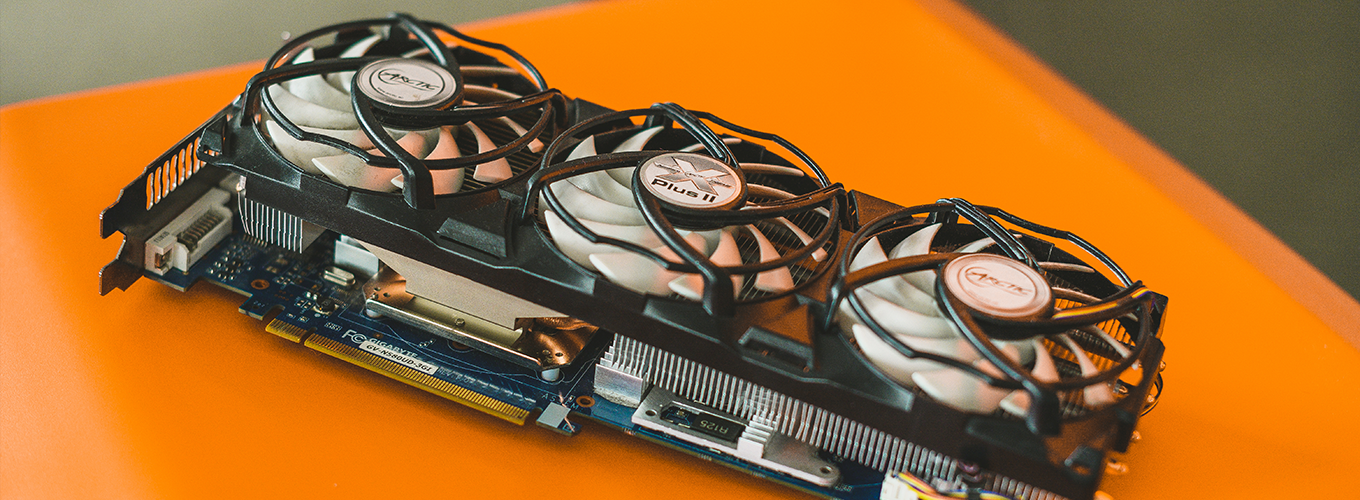The graphics card, often associated with gaming, bears a crucial role in a personal computer’s overall performance and capabilities. This powerhouse of visual computation extends its utility far beyond enhancing gaming experiences, contributing significantly to various tasks that require rendering images and videos, parallel processing, and even improving general system performance. In our exploration, we’ll unveil the diverse functionalities of the graphics card and its impact on everyday computing tasks.
The Heart of Image Rendering
Driving Display and Video Performance
At its core, the graphics card handles the rendering of images, video, and animations, transmitting signals to the display monitor. It accelerates the creation of frames in a buffer before displaying them on the screen, which is vital for watching high-definition videos or running complex graphic design software with smooth visuals and without straining the central processor (CPU).
Enhancing Visual Quality
Graphics cards manipulate polygons, textures, and lighting to enhance visual quality in digital imagery. These capabilities are essential for professional graphic artists and designers who rely on precise color representation and detailed visual effects to create stunning graphics, 3D models, and animations.
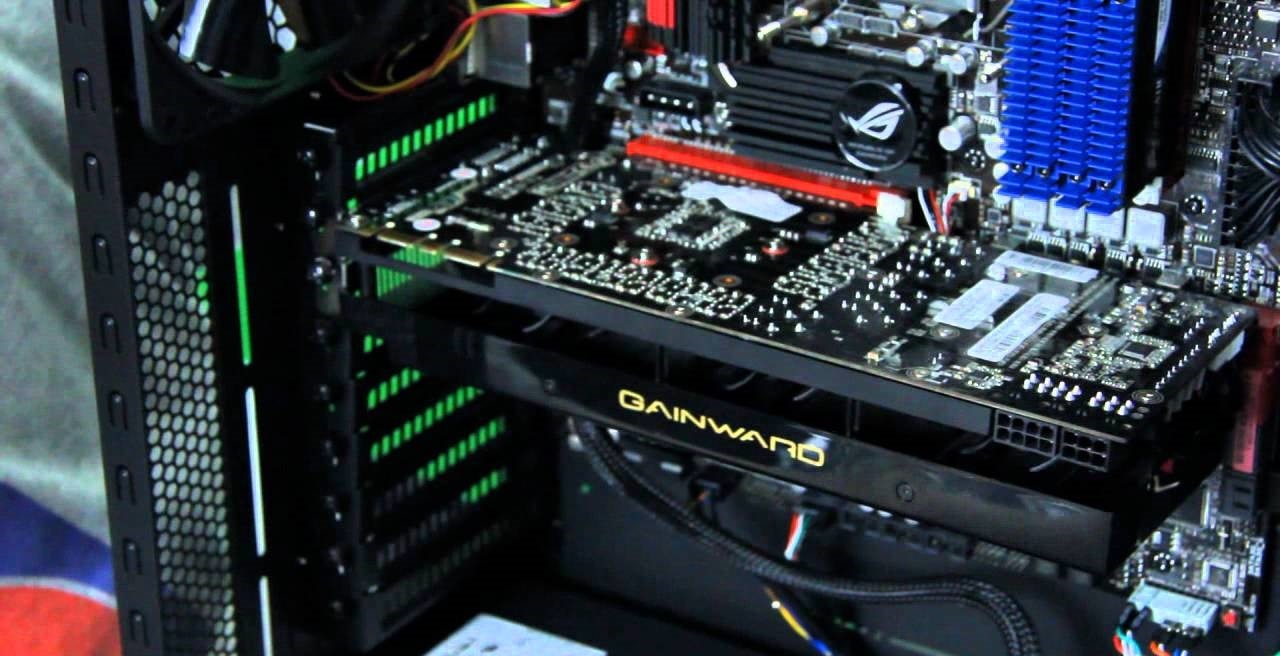
Accelerating Non-Gaming Applications
Powering Creative Software
Graphics cards empower creative software such as Adobe Photoshop, Premiere Pro, and 3D rendering packages like Blender. They leverage their computing power to speed up tasks like photo editing, video rendering, and creating visual effects, making these processes more efficient and allowing for real-time editing and previewing.
Expediting Scientific and Analytical Computation
In research and data science, graphics cards facilitate the processing of complex computations. Their architecture excels at handling parallel tasks, making them suitable for machine learning algorithms, running simulations, and analyzing large data sets – activities that benefit from a graphics card’s ability to compute multiple operations simultaneously.
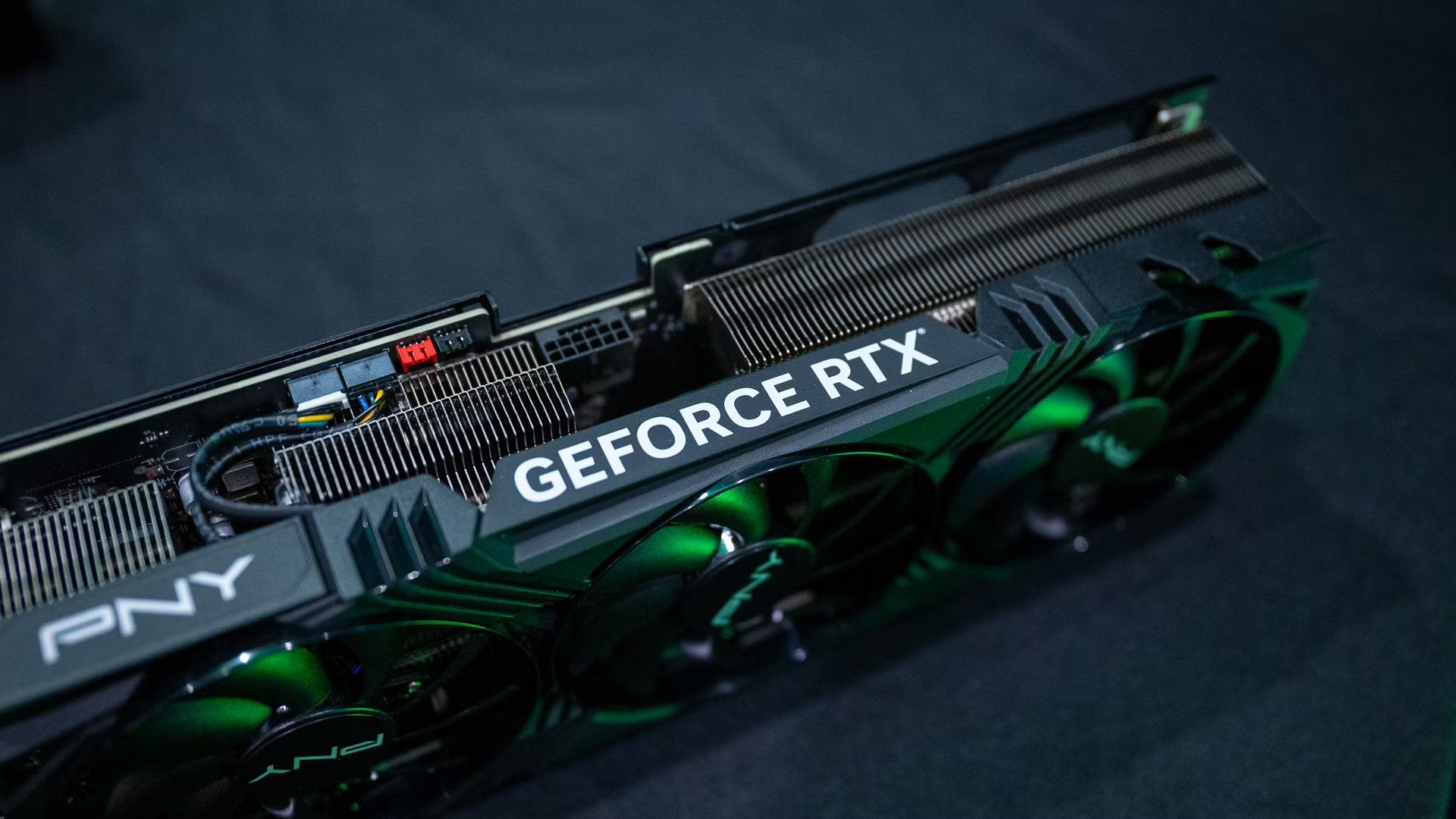
Broadening the Horizon with General Performance
Speeding Up Daily Tasks
Even everyday tasks, like browsing the web or using office applications, can benefit from a graphics card. Modern web browsers and operating systems utilize graphics cards to render content more smoothly, reducing the load on the CPU and thus resulting in a snappier and more responsive overall system performance.
Supporting Multiple Displays
For those who need more screen real estate, graphics cards enable the use of multiple monitors. They provide the requisite ports and horsepower to manage several displays simultaneously, which is invaluable for multitasking, extended desktop setups, and expansive digital workspaces used in trading, software development, and media production.
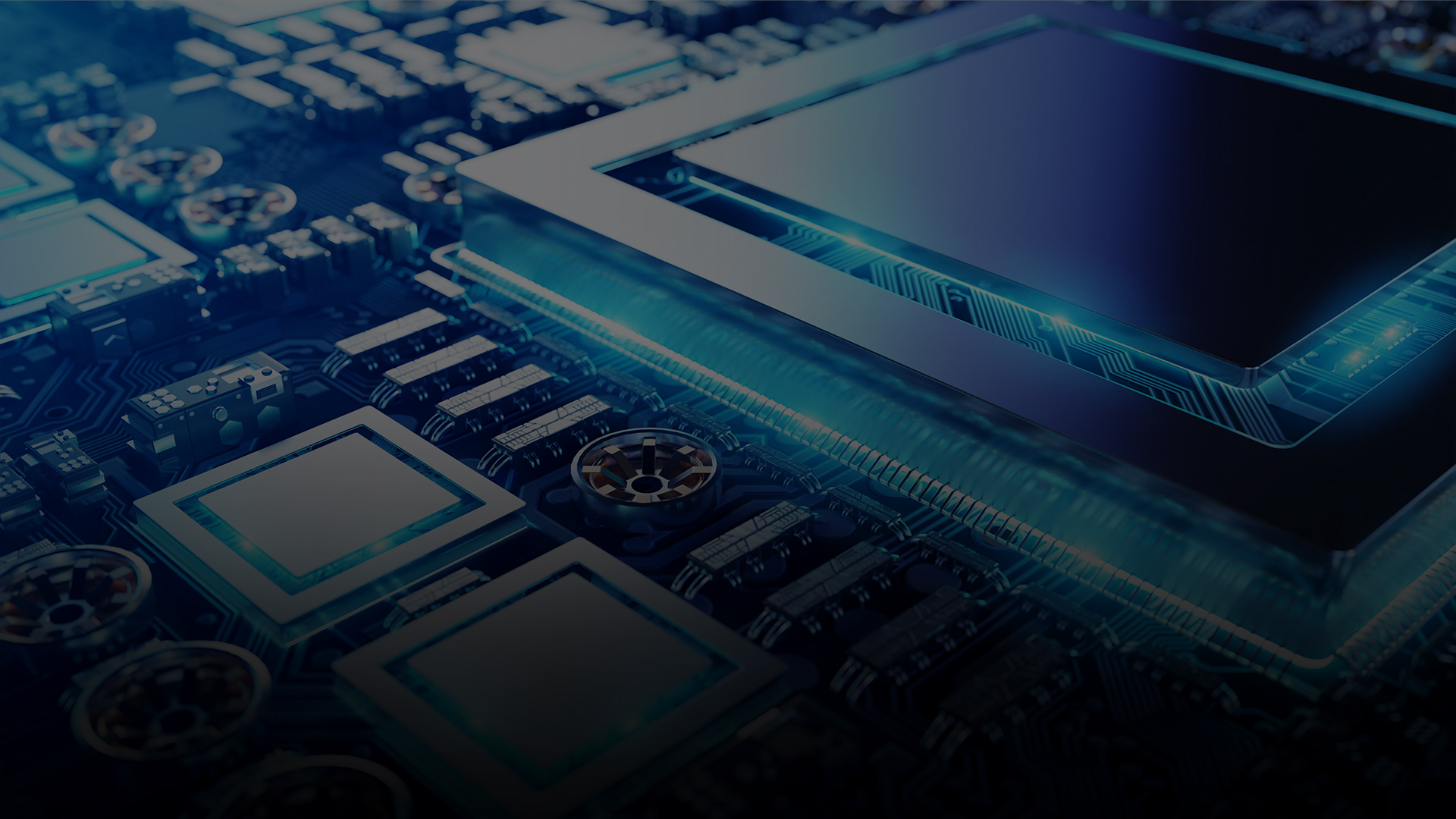
Extended Uses in Computing Environments
Virtual Reality and Augmented Reality
Graphics cards are pivotal to the burgeoning fields of virtual reality (VR) and augmented reality (AR). These immersive technologies demand high frame rates and ultra-low latency visuals, which graphics cards provide. As VR and AR become more prevalent in entertainment, education, and industry, the role of the graphics card becomes even more pronounced.
Enhancing Cloud and Server Tasks
Apart from individual PCs, graphics cards are integral to cloud computing and server environments. They can handle massive parallel processing workloads common in hosting complex websites, cloud-based applications, or gaming servers. By offloading specific tasks to the graphics card, servers can run more efficiently and handle more concurrent users.

Gaming and Beyond: A Spectrum of Capabilities
Transforming Everyday Experiences
While gaming might be the most noticeable beneficiary of powerful graphics cards, these components transform the user experience across a spectrum of PC activities. Whether it’s a silky-smooth user interface, quicker application response times, or the ability to engage in creative endeavors without hardware limitations, the graphics card contributes to these enhancements by providing a dedicated processing unit focused on handling graphical tasks.
The Future of AI and Deep Learning
The rise of AI and deep learning has again shone a spotlight on the capabilities of graphics cards. These fields demand significant computational power, and graphics cards often serve as the workhorse component, processing large data sets and neural network computations much faster than traditional CPUs.
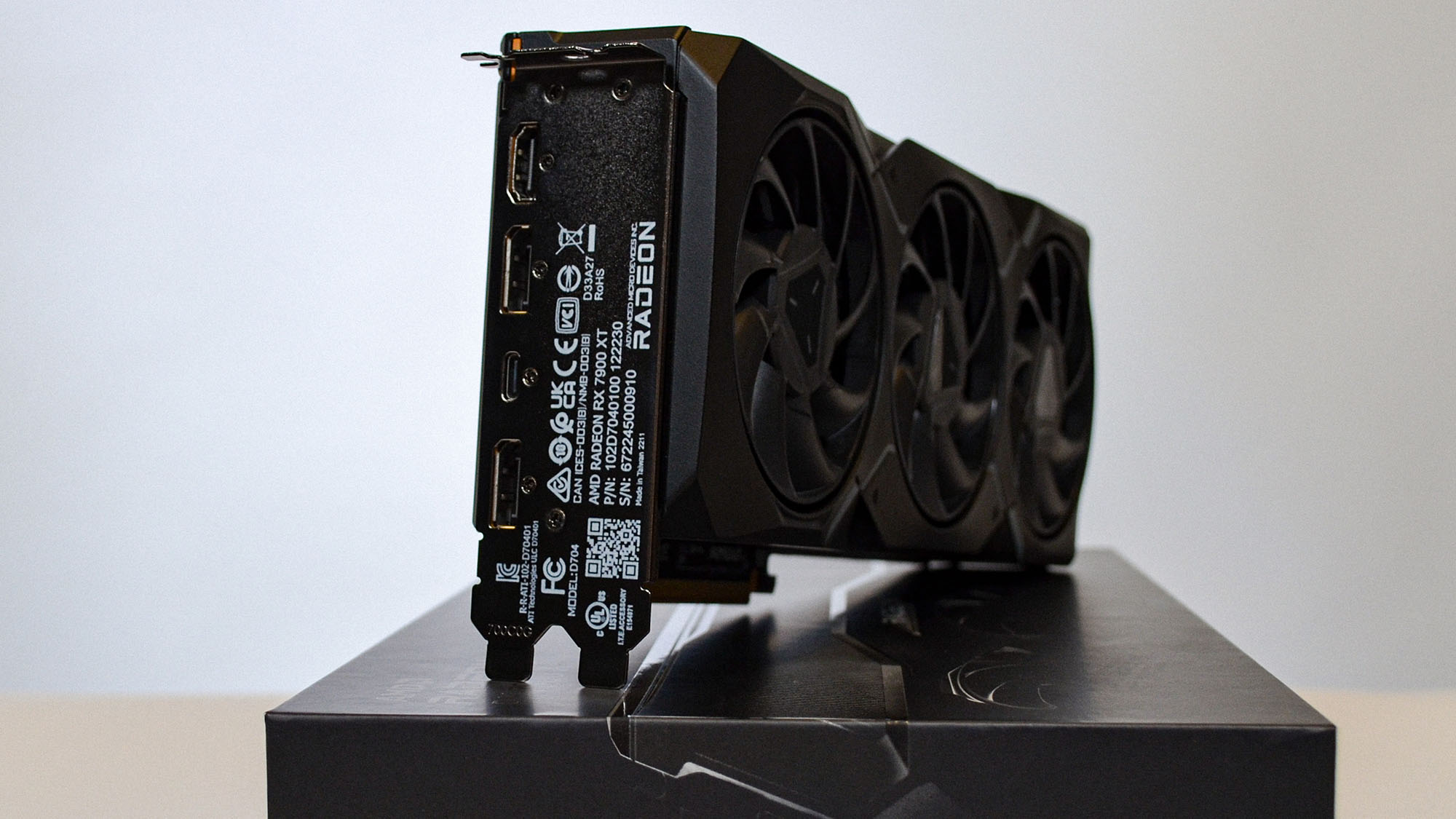
Embracing the Broader Impact of Graphics Cards
Customization and Upgrades
Graphics cards offer a level of customization and upgradeability that can extend the service life of a PC. Users can swap out older models for newer ones, providing a significant performance boost without the need for an entirely new system. This flexibility ensures that users’ progressively demanding computing needs continue to be met.
Environmental and Economical Considerations
As technology advances, graphics cards are becoming more energy-efficient, which not only benefits the environment but also leads to cost savings for the user. Understanding the diverse roles of the graphics card can inform better choices when building or upgrading a PC, ensuring that you select a model that balances performance, power consumption, and price.
Breaking New Grounds in Professional Development
Facilitating Advanced Design and Engineering Work
The influence of graphics cards has extended significantly into professional fields such as architecture, engineering, and digital content creation. These professions often require the use of CAD (Computer-Aided Design) and other engineering software that benefit immensely from the advanced 3D rendering capabilities of modern graphics cards. They enable professionals to construct detailed architectural visualizations, intricate engineering models, and sophisticated animations with higher accuracy and efficiency. As such, graphics cards are no longer just a tool but a necessity in many professional workspaces, driving innovation and precision in design-related fields.
Boosting the Efficiency of Remote Work
In today’s increasingly remote work environment, the graphics card plays a pivotal role in ensuring a seamless operational experience. From video conferencing and virtual collaboration to remote access of graphic-intensive applications, the workload handled by graphics cards ensures smooth, lag-free interactions. This capability is crucial in maintaining productivity and workflow continuity in various professions, illustrating how integral these components have become not only in local hardware configurations but also in supporting the infrastructure for remote work.
A New Frontier for Graphics Cards
Revolutionizing Learning and Interactive Education
The impact of graphics cards reaches into the educational sector, transforming how knowledge is conveyed and absorbed. Through the creation of interactive simulations, educational games, and virtual labs, graphics cards enable a hands-on learning experience. This experience is both engaging and effective. These technologies make abstract concepts tangible and complex subjects more accessible to students. They provide a visual and interactive dimension to education that can cater to diverse learning styles. Furthermore, the visualization capabilities powered by graphics cards can bring history, science, and space exploration to life. This sparks curiosity and encourages immersive learning experiences. These experiences go beyond traditional textbooks and lectures.
A Key Player in Modern Computing
In conclusion, the graphics card is a versatile and powerful component that does much more than enhance gaming experiences. It is integral to a wide range of tasks across various industries and personal applications. As technology evolves, its significance only continues to grow, impacting various aspects of computing from scientific research to multimedia production.
